
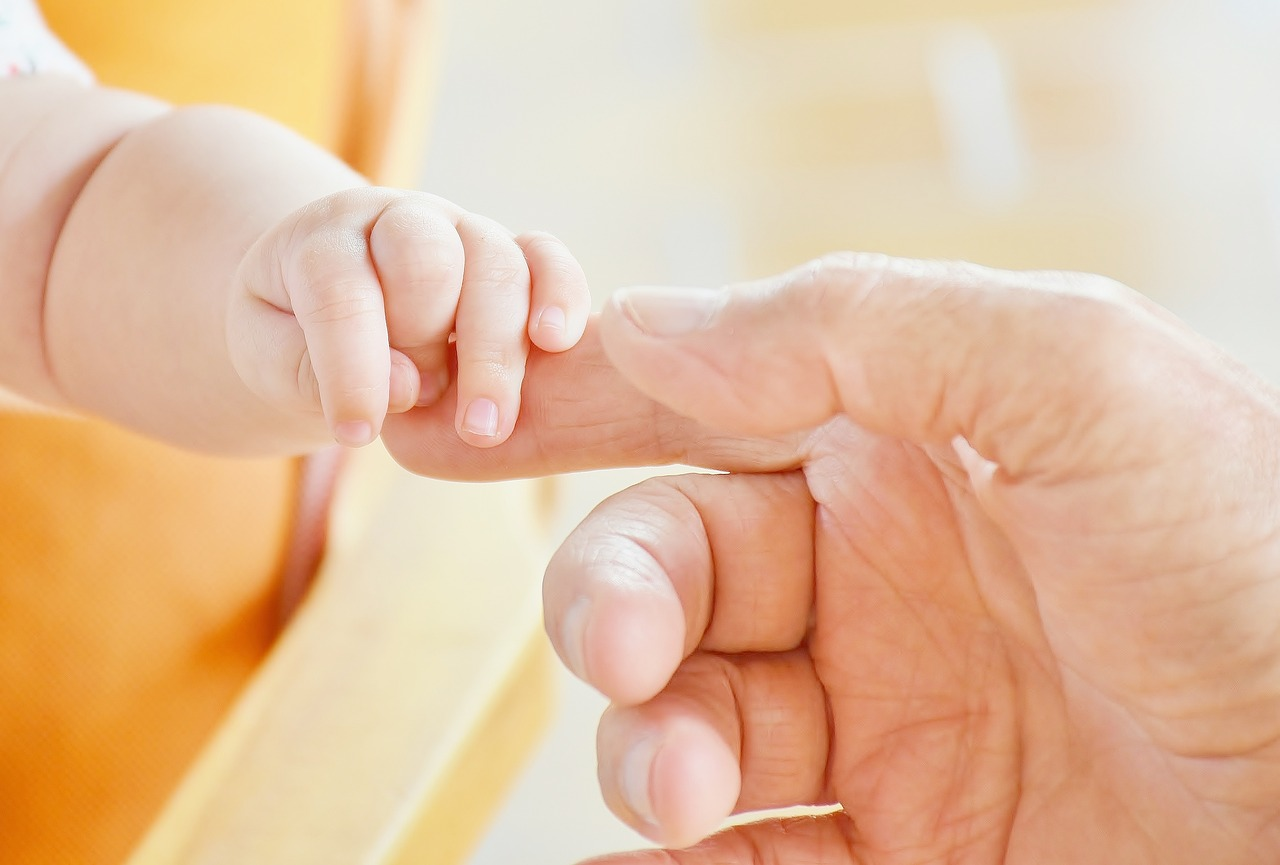
What is physical literacy?
Physical literacy is “the motivation, confidence, physical competence, knowledge and understanding to value and take responsibility for engagement in physical activities for life.” (IPLA, 2017).
It takes a holistic approach that extends beyond physical competency and focuses on each individual’s relationship with movement and physical activity. It emphasises the intentional, positive and meaningful experiences of movement that form a person’s unique physical literacy journey. In other words, personalisation and inclusion are key – and everyone has their own unique potential.
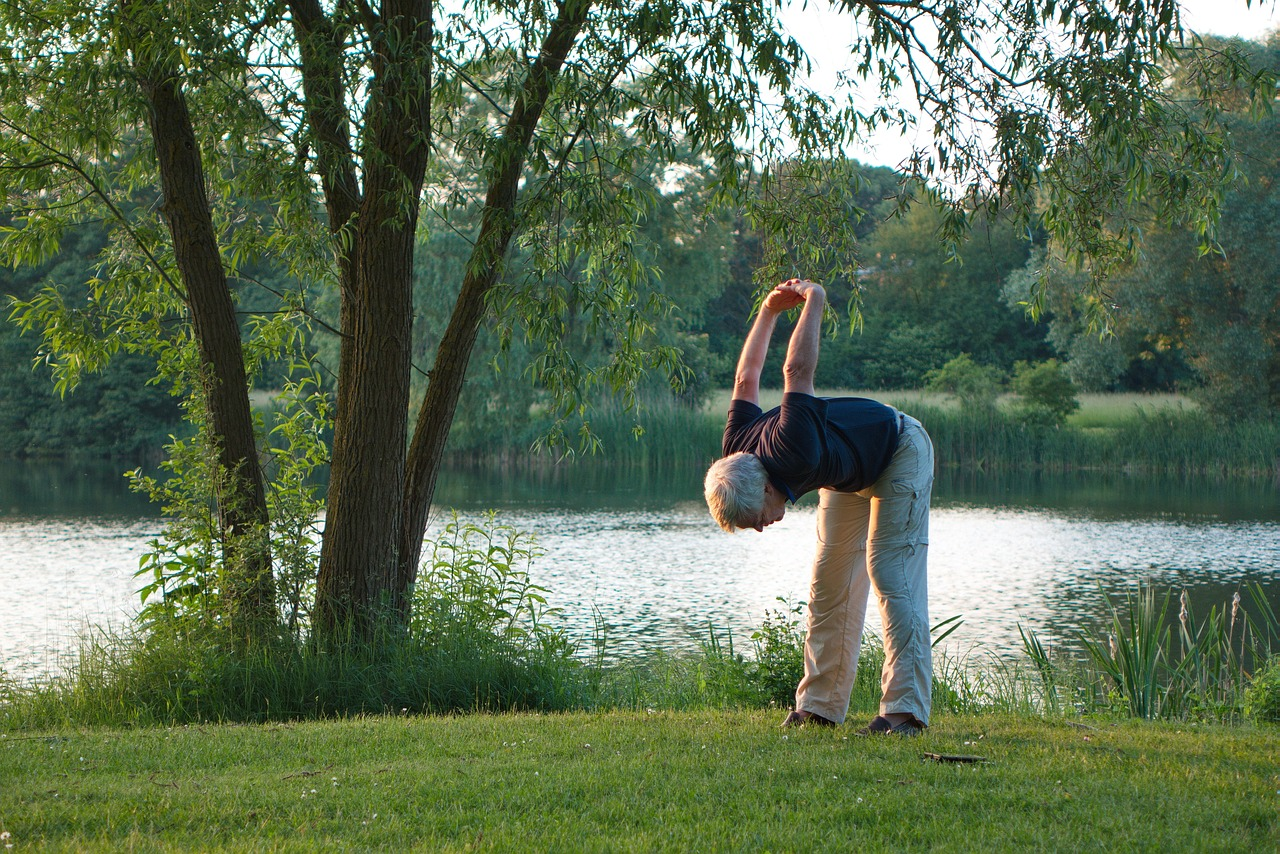
How can it contribute to physical education?
Engagement in physical activity starts from the earliest stages of life and continues to evolve throughout all stages of life.
While physical literacy is important at every stage of life years in education provide a unique opportunity to lay the foundations for a future life engaged in physical activity. Physical educators are uniquely placed to craft these formative years to create positive movement and physical activity experiences for every child from an early age. This can play a significant role in creating the foundations for lifelong participation in physical activity, as well as contribute positively to their physical and mental health and wellbeing. Physical literacy serves as a powerful framework to help shape effective teaching practices and curriculum design in physical education.
How can PE teachers develop and nurture physical literacy?
To bring physical literacy into your teaching practice and to develop each child’s physical literacy, it is important to bring the key elements of motivation, confidence, physical competence, knowledge and understanding into the learning process to promote lifelong commitment to physical activity. Here are some suggestions:
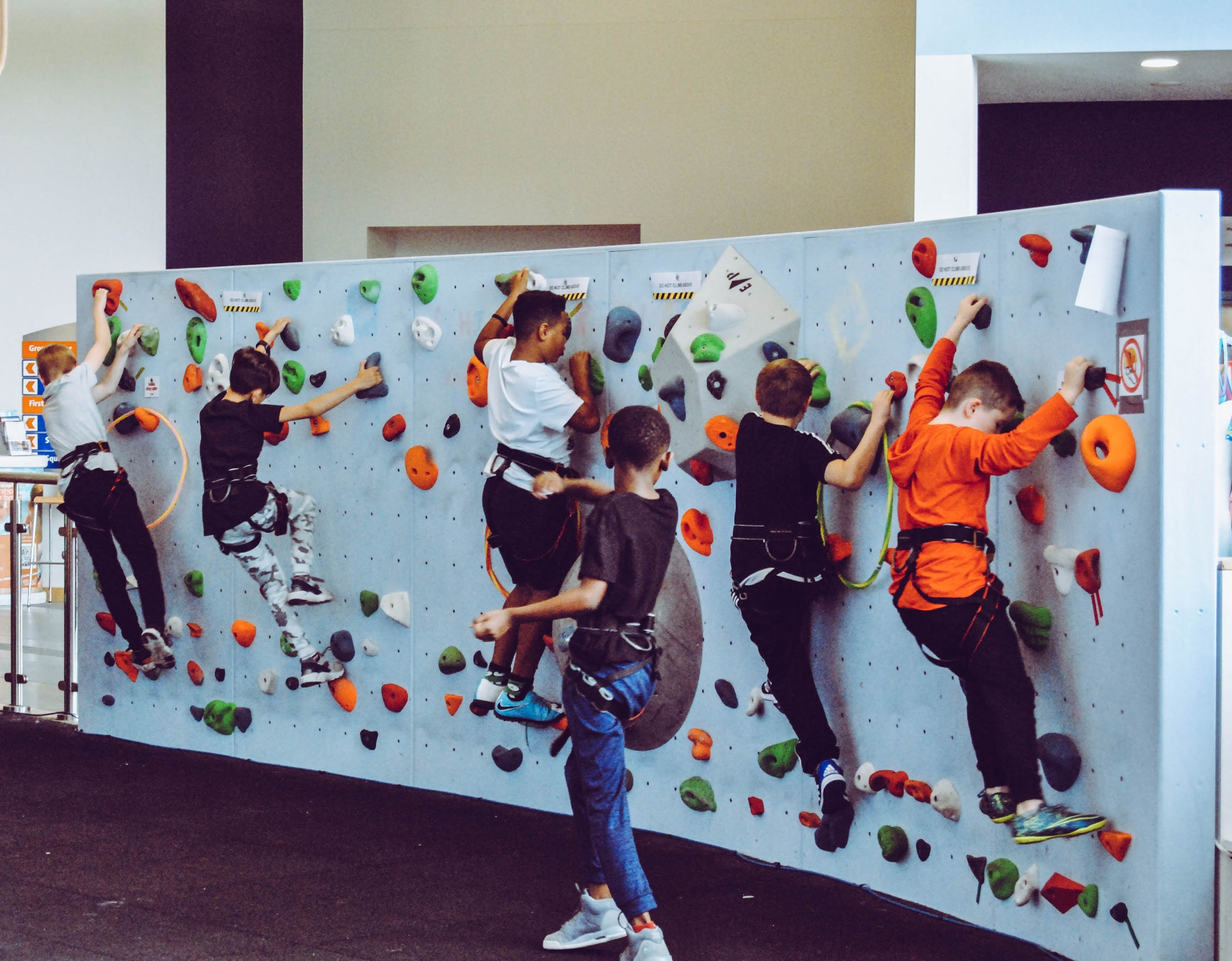
Motivation
Self determination theory considers the emotional response to physical activity experience to encourage both intrinsic and extrinsic motivation for engagement. It recommends taking into consideration autonomy (choice), competency (appropriate challenge) and relatedness (developing connectedness) to promote more stable forms of intrinsic motivation and create enjoyable experiences.
To motivate through meaningful and relevant practice, explore each student’s relationship with movement and physical activity. How active are they, what do they enjoy, what do they dislike? This includes recreational and lifestyle activities. Bring these interests into the curriculum where possible.
Prioritise positive teacher-student relationships as well as cooperative peer relationships that promote empathy and encouragement in PE lessons.
Seize opportunities to provide positive yet challenging experiences through a range of sport and physical activities.

Confidence
Consider personal growth and progress rather than rely on traditional pass/fail assessments. This should recognise effort over attainment and provide constructive feedback. Feedback should be motivational and encourage students rather than make judgements.
Focus on developing understanding, capability and independence. A growing sense of autonomy, self efficacy and personal responsibility is the key to continued engagement in physical activity.
When your students are motivated to take part in physical activity, and their efforts are rewarded with reassurance and recognition, they will be more inclined to persevere through new tasks and challenges.
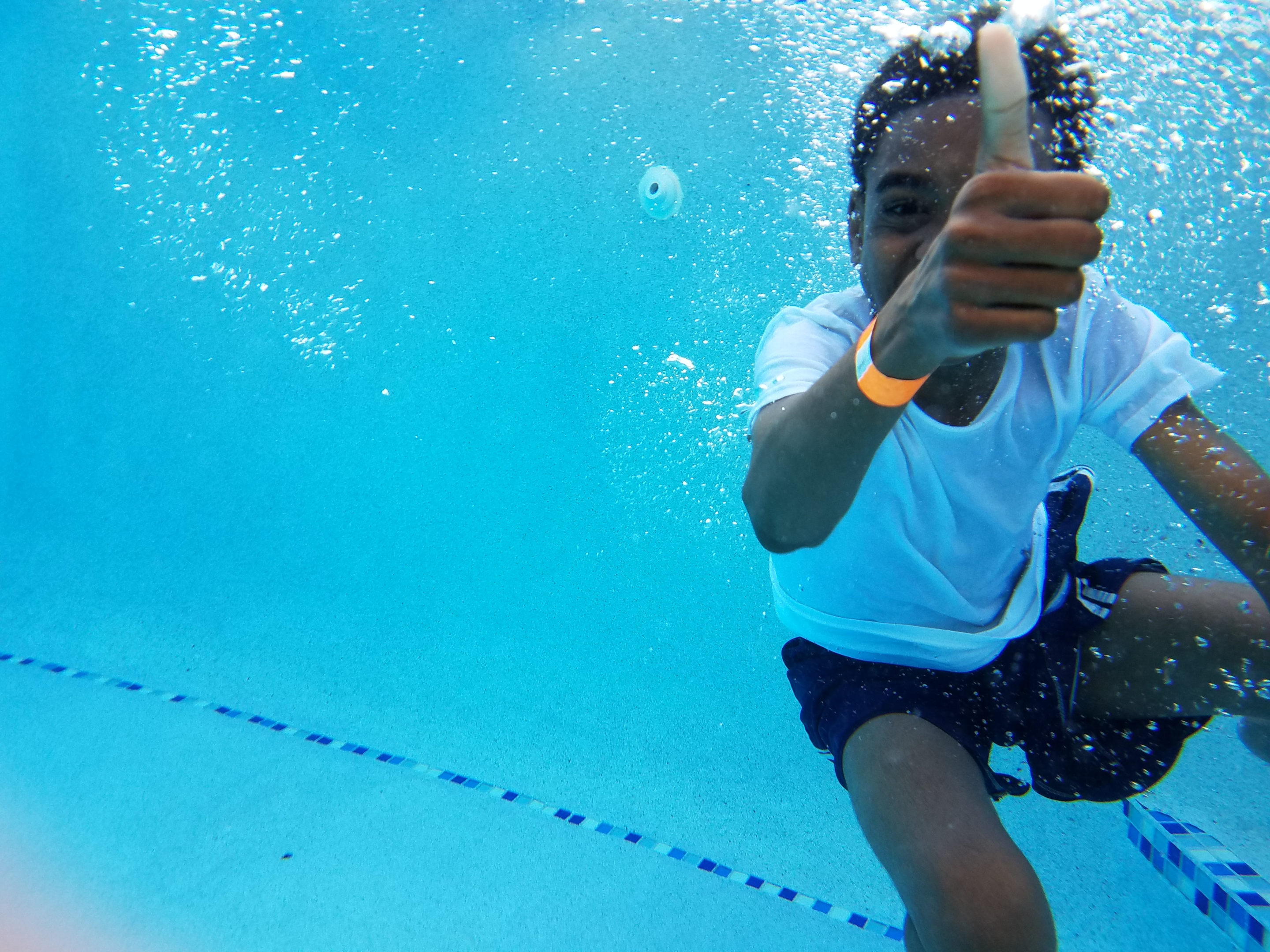
Physical competence
When you know your students well and their individual progress, you are more able to maximise each student’s potential and respond to their needs. This should be supported by lessons that utilise a range of adaptive strategies and are inclusive.
Ensure that any physical activity is developmental and engaging for every student. Develop movement iteratively. Start with simple movement, then combine until increasingly complex. Facilitate success and recognise that students learn at different paces and it is not always linear.
Lessons should include a range of skill-related and health-related fitness components explored through a variety of physical activities and learning environments.
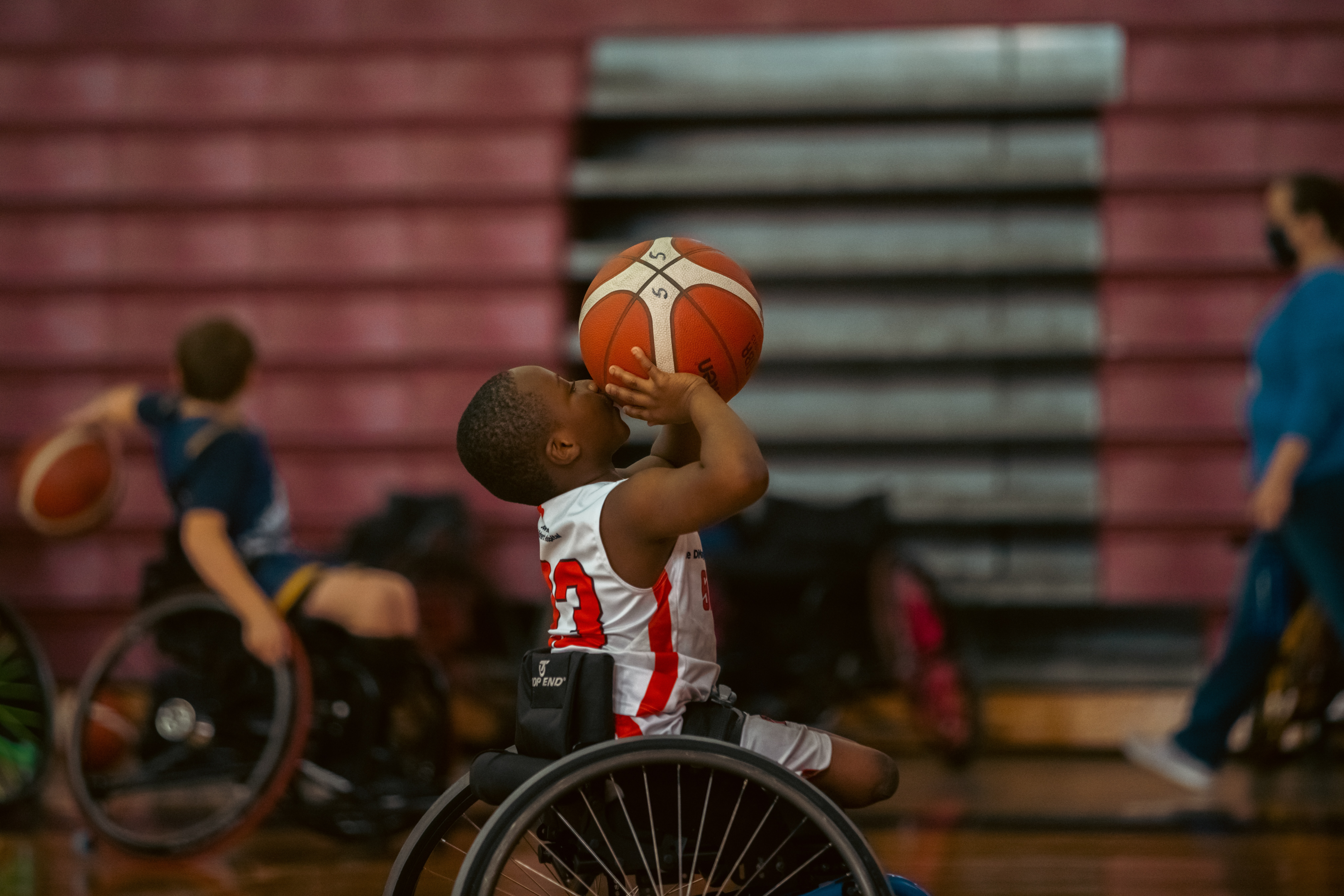
Knowledge
It may sound obvious but make what you teach explicit. Talk students through activities. Highlight progress and why. Provide the vocabulary so that they can identify and articulate the qualities of effective movement. Emphasise the principles for developing a positive state of holistic health and well-being.

Understanding
Use reflection regularly so that students can consider how to maximise their potential.
Help students to reflect upon their engagement and work with their environment so that they can move purposefully, creatively and with imagination.
Ultimately, help your students understand the benefits of engagement with physical activity and movement so that they are inclined to continue their physical literacy journey independently.

And remember…
You have a significant and important role to play in nurturing each student’s physical literacy. Regularly reflect on, review and revise your practice so that you are providing a positive and meaningful experience for all pupils.
Want to find out more?
Blogs
Read previous blogs in this series
- What is Physical Literacy?
- The four components of Physical Literacy
- The benefits of Physical Literacy
- A Physical Literacy informed approach to PE
And look out for the final blog in this series, on Physical Literacy Assessment
Further ideas
Here are some other insights into physical literacy that may provide further ideas:
Watch
Click here to watch a presentation on engaging disengaged students by nurturing their physical literacy development
Deeper-reading
The following articles provide the research evidence behind the importance of physical literacy in teaching practice.
- An all-Wales approach to increasing levels of physical activity
- Characterising Middle School Students’ Physical Literacy Development
- Effects of a Physical Literacy Breaks Program
- Adolescents with Higher Cognitive and Affective Domains of Physical Literacy Possess Better Physical Fitness
- Cardiorespiratory fitness is associated with physical literacy
- Operationalizing physical literacy


Responses